Layering rugs is the new decor trend that makes a room feel more restful – top designers explain how
Layering rugs is a simple yet effective way to add warmth, texture and color to a room
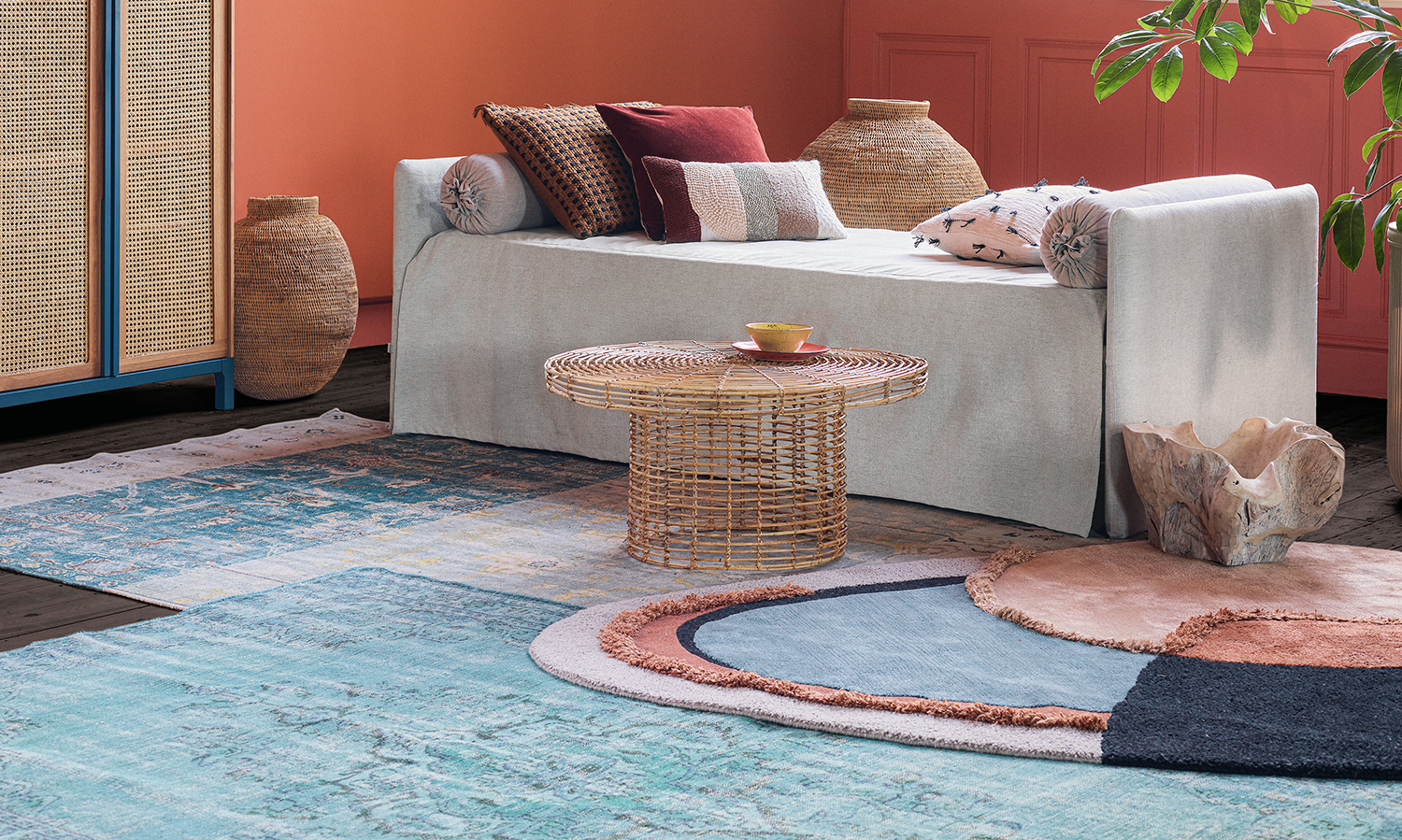

Rugs can hold a tremendous amount of power over a room, but if anything can make more of an impact than one rug, it's two of them... or three or even four. When it comes to your living room floor, layered rugs can make a space feel cozy and warm by adding an extra layer of comfort. However, there are some important tricks you should know about this floor trend before you throw down any old rug.
Before we step in with the technical details, it's worth knowing what is actually meant by layered rugs. While it might sound pretty self-explanatory - and there are no prizes for guessing - there's more to layered rugs than you might believe.
You can place a smaller rug on top of a bigger one of the same shape to offer a contrasting color, texture or pattern. Alternatively, you could overlap several different rugs across one floor space to add variety and experiment with patterns. Layering a slimmer rug perpendicular to a larger one is also a great way to carry a color or design scheme through to another room.
'Both practical and playful, layering rugs is a beautiful way of making a design statement that is uniquely individual and allows you to express your creativity through pairing different colors and patterns,' says Jodie Hatton, design manager at Brintons. 'Perfect in the colder months, layering rugs wonderfully ties a room together to bring additional warmth and color into a space.'
If you want to experiment with layered rugs to add some excitement to your flooring, here's how to do it.
How to layer rugs
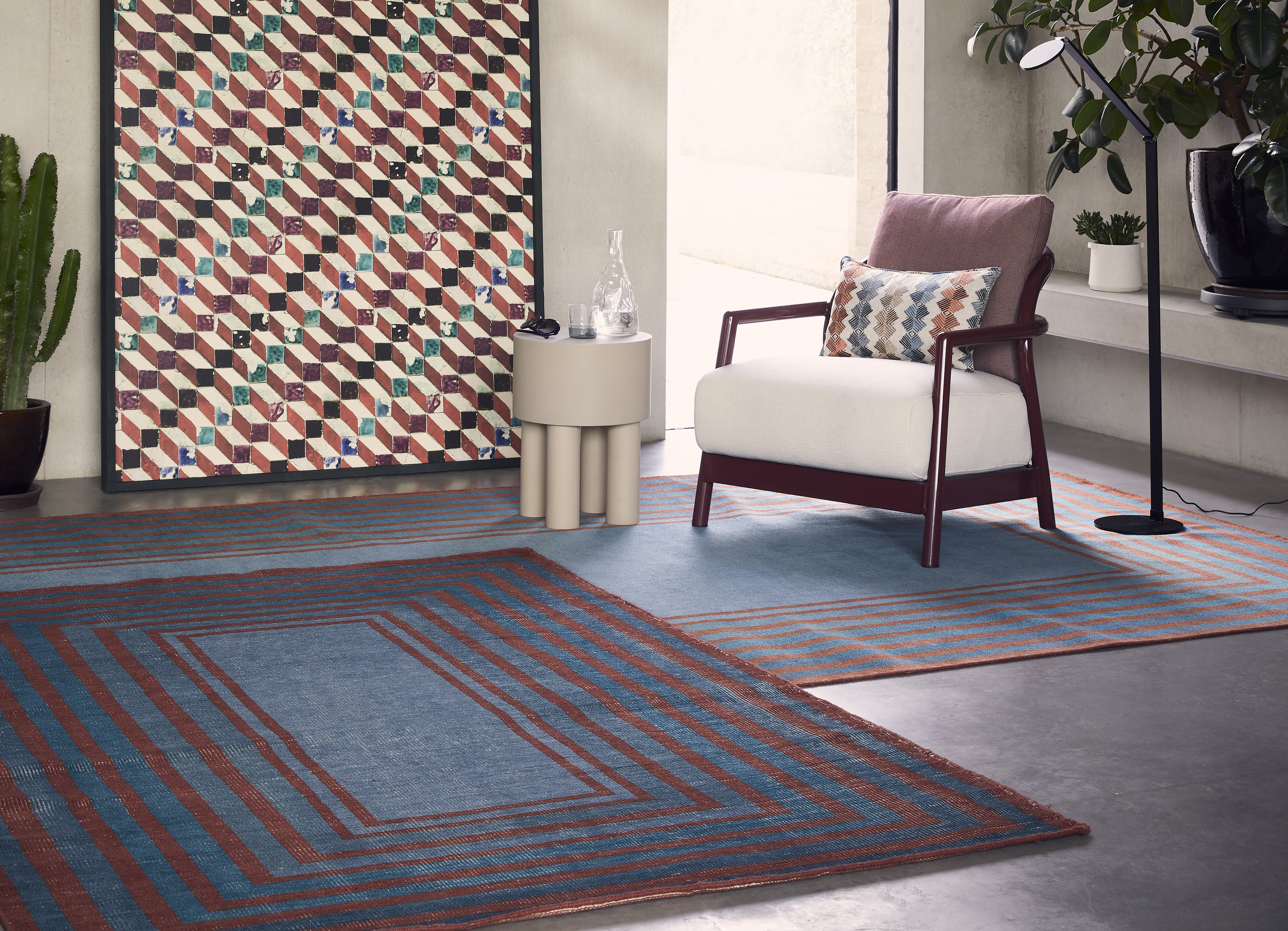
1. Choose the right space in the home
While a layered rug will work in any space in the home, it's important to consider where whether you're wanting to achieve a cozy vibe or make a more dramatic statement. There's also questions of practicality that shouldn't be overlooked - a layered rug probably isn't the best idea for a kitchen, for example.
Layered rugs do work especially well in entryways however as they can set the tone of your decor and establish a color palette as soon as a guest walks through the door. 'They're also a fantastic option for high traffic areas like hallways and stairways due to their ability to withstand natural wear and tear,' says Jodie of Brintons. These typically tend to be spaces where we have more floor space and less furniture too, offering the perfect opportunity to make a statement by layering rugs.
Be The First To Know
The Livingetc newsletters are your inside source for what’s shaping interiors now - and what’s next. Discover trend forecasts, smart style ideas, and curated shopping inspiration that brings design to life. Subscribe today and stay ahead of the curve.
'The type of rug that is preferred is down to personal taste and the usage of that particular room,' explains Jodie. It's worth choosing a material that suits the space: textured shag rugs are likely to work better as a living room rug while more wiry rugs made from materials like coir are probably better suited for high traffic areas like a hallway.
2. Create a foundation with a base rug
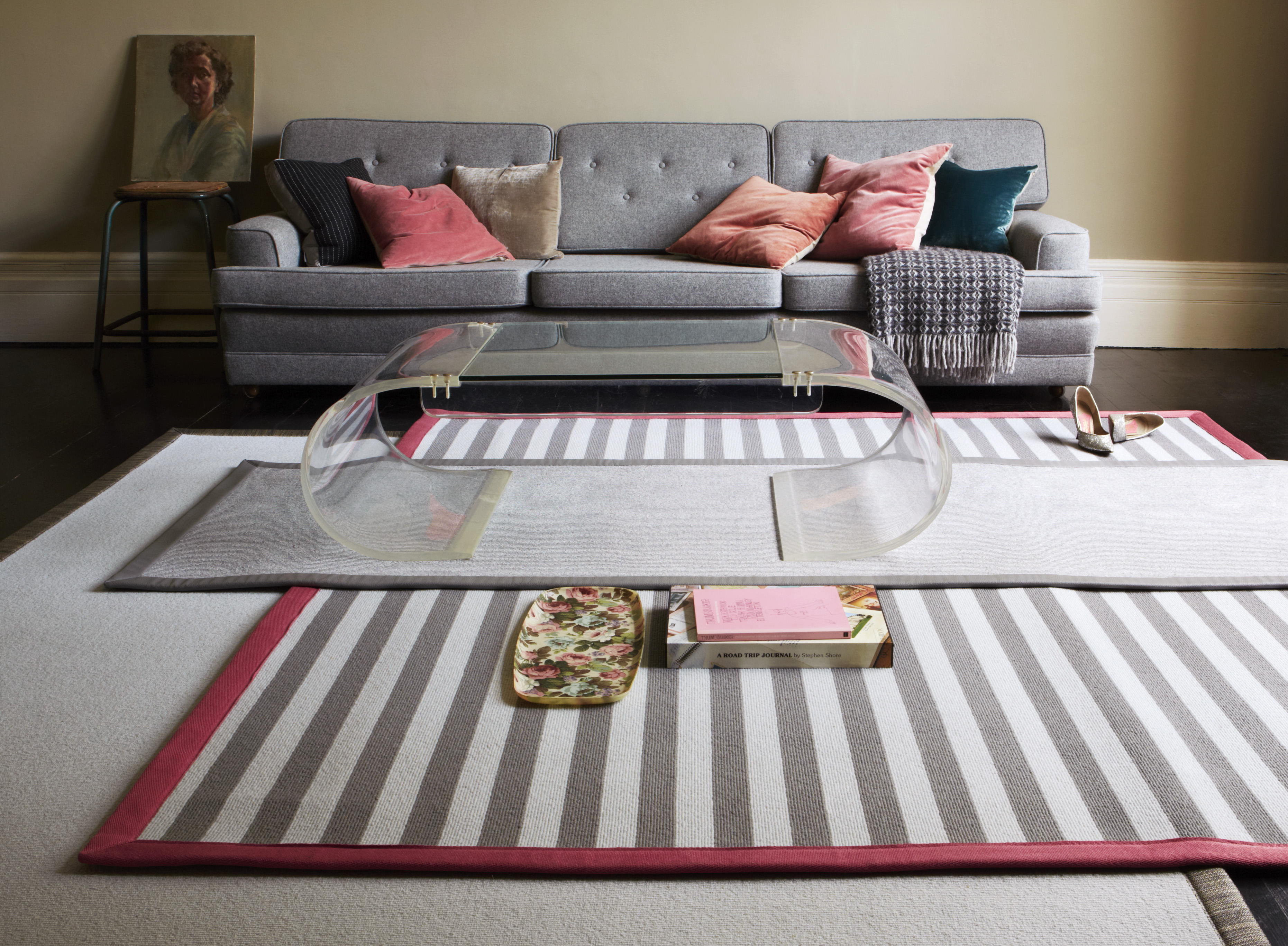
Before you start layering, it's important to start with a good base rug to set the tone for the rugs that follow. According to Juliana Polastri, global design and brand director at Tai Ping Carpets, this doesn't necessarily mean a plain neutral rug, but it's best to opt for one that's less busy.
'It could be a patterned design in neutral tones topped with a colorful and more vibrant design, or a simple texture in one yarn only, such as a natural jute,' she explains. 'From here you can build your layers to create a unique arrangement and design concept to define an area within your home.' There's no reason you can't treat a carpet can't be your base either.
It's worth bearing in mind that your base rug won't be as visible as the other rugs you use. If you really want to showcase a beautiful pattern or an intricate design, you might want to think about exposing this rug rather than using it as a base. On the other hand, you might think it would make a great border below a neutral and more simplistic rug. Find a space big enough to test out various arrangements to decide what works best.
3. Consider the composition of colors and patterns
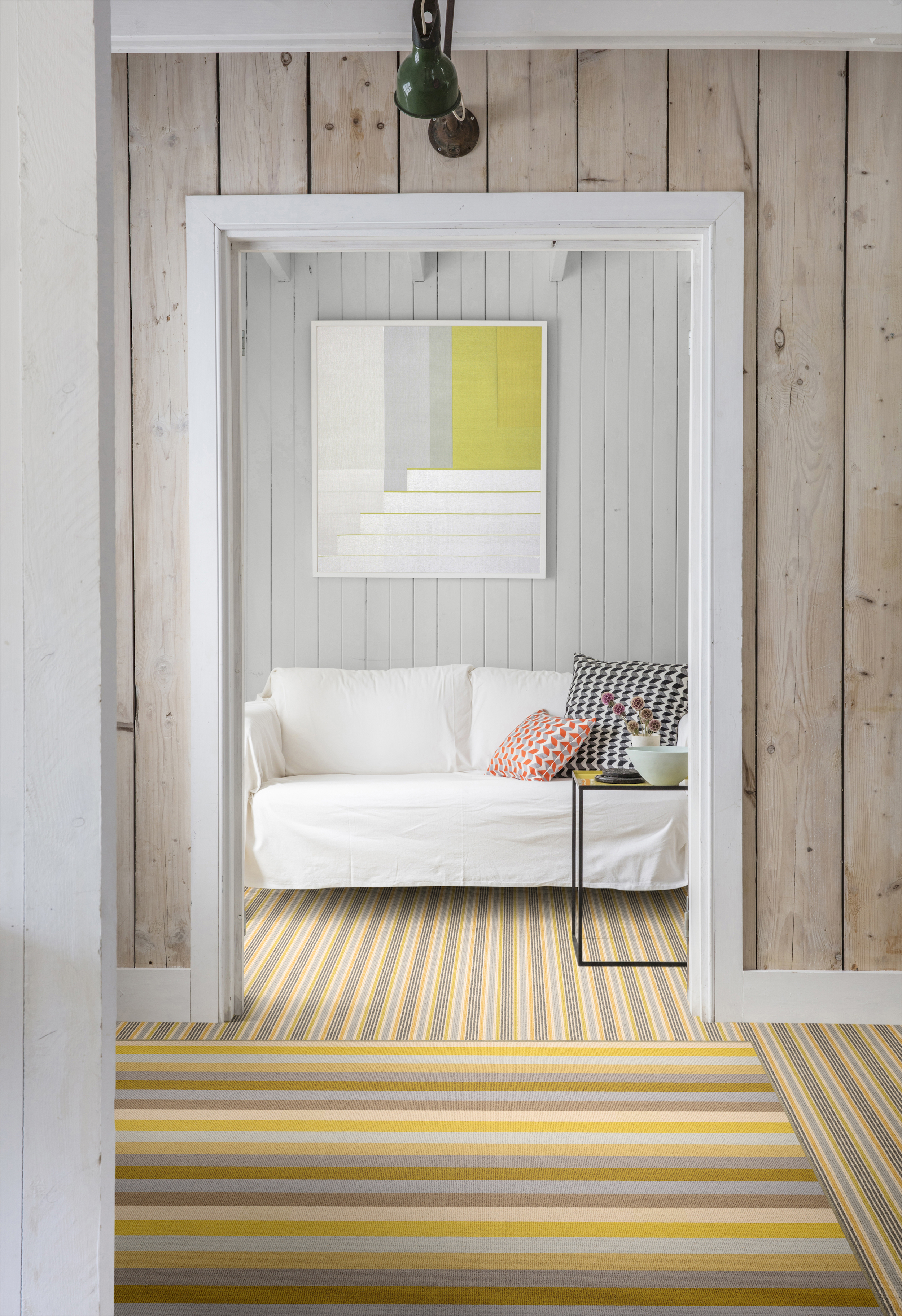
If you're after maximalism, you might be able to get away with simply chucking an array of rugs on the floor and hoping for the best, otherwise, it will take some careful planning.
'To create a balanced scheme, it is important to consider the composition of the colors and patterns that you’re combining, as too many can easily overwhelm a scheme,' Jodie explains. 'As a general rule, it is a good idea to pick out just a few colors and run them throughout the rug scheme or use a hue that harmoniously works well as a backdrop such as greys or beiges.'
It's not only a question of how your rugs work together from an aesthetic point of view. Depending on the rugs you go for, a layered rug look can add varying levels of warmth, texture, and vibrancy into a space, especially in rooms that need a bit of a lift.
'Similar to how dark walls can transform a small room or a patterned wallpaper can bring interest to otherwise dull space, a patterned rug is an inspired way to make a feature of a smaller room,' says Jodie. 'The combination also illustrates their different weaves and prints, making a unique design statement that playfully ties a room together.'
4. Vary the sizes to allow for more layers
How big or small your rugs are is entirely up to you, but to get the most out of a layered rug effect you should choose varying sizes to allow more layers to be displayed.
Juliana has a few tricks up her sleeve when it comes to rug placement. 'Although the rug sizes you select largely depends on the layout and design scheme within the room, we often recommend the rug placed on top is around two thirds of the larger rug, or smaller, to create a significant border.' she says.
She adds: 'We also recommend layering using low pile rugs such as flatweaves and hand-knot, as they easily overlap one another, like fabrics. This also presents less of a trip hazard.'
Each rug will have the potential to bring something new to the room, so make sure they get the attention they deserve. In other words, don't bury any underneath the others to the point it's hardly visible.
As Jodie explains: 'Whether you’re looking to create a dramatic statement by pairing two colorful rugs together or make a subtle effect with lighter hues, each rug should be just visible enough to make its own design statement in the room.'
5. Don't forget about texture
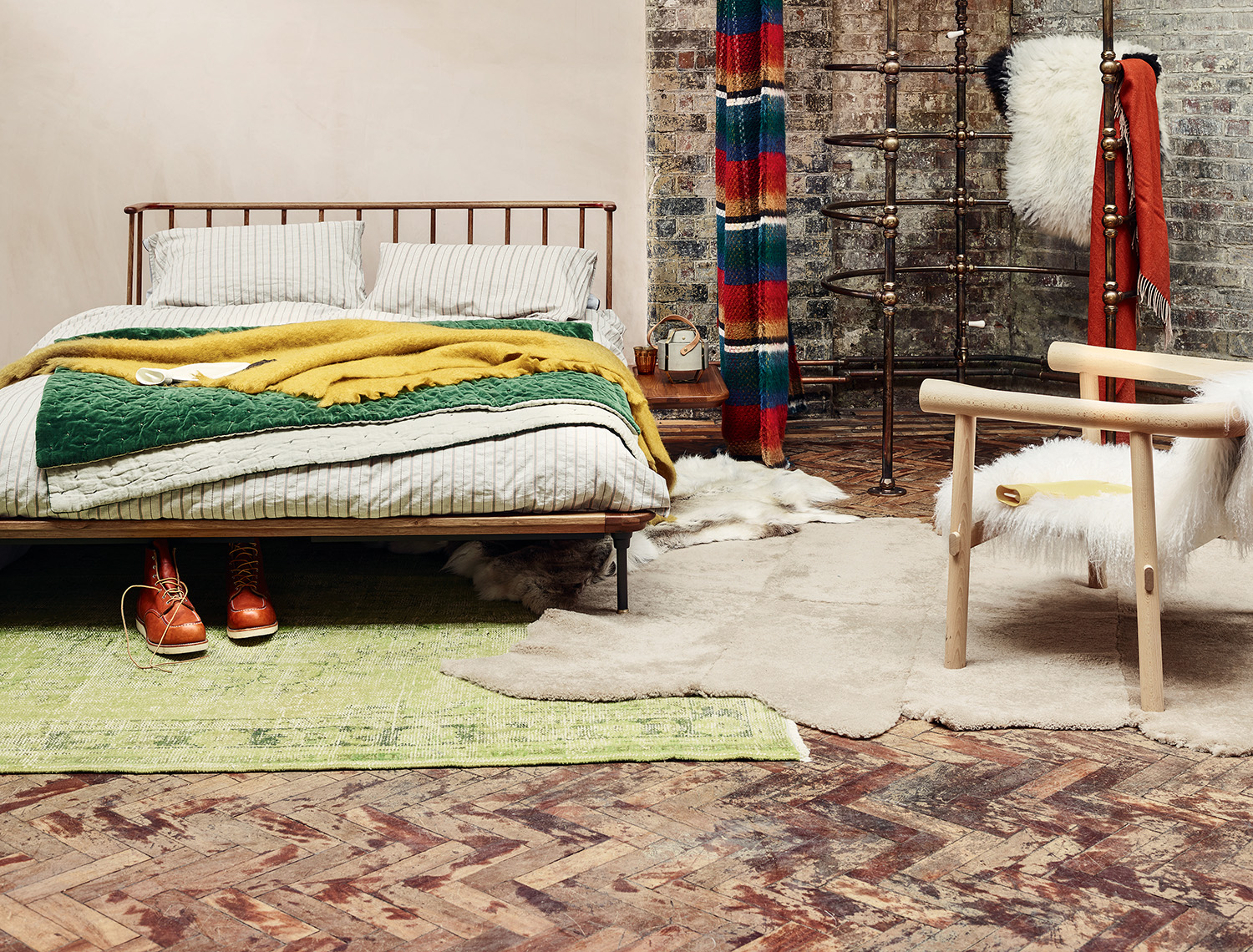
There seems to be no end to the textures rugs come in: high pile or low pile; completely flatweave; sheepskin or jute; wool, silk or cotton - the list is endless.
Overwhelming as the choice may be, the different weaves and fibers play a crucial role in the general feel of a room. 'Layering rugs is a wonderful way to add texture, warmth and intrigue, whether that be through a combination of patterns, contrasting materials, or a mixture of shapes,' says Juliana.
It can be easy to choose a rug simply based on its design alone, but take note of its material and experiment with textured rugs. Try combining flatweave rugs with more high pile ones to introduce depth and dimension to the floor.
6. Use rugs to introduce personality and set a room's mood
As interior design goes, rugs are a playful element of your decor. They can help add personality and individuality to an otherwise plain and unremarkable floor. And, since the floor is a part of the home we regularly overlook, it pays to draw the eyes downwards. Of course, there's no better way to do this than with layered rugs.
Creative director at Alternative Flooring, Lorna Haigh, suggests mixing up your layered rugs to alter the feel of a room. 'You can change the rugs as the mood suits and, in doing so, you completely change the personality of the room,' she explains.
Layered rugs are a great way to reflect your own personality. It's highly unlikely anyone else in the world will have the same combination of layered rugs as you, so embrace the uniqueness they can bring to a room.
As Jodie summarises: 'Your home should be a reflection of your personality. The warmth, coolness, saturation and intensity of color, all create different effects. Consider how each room will be inhabited and experienced and most of all, have fun with color!'

Lilith Hudson is a freelance writer and regular contributor to Livingetc. She holds an MA in Magazine Journalism from City, University of London, and has written for various titles including Homes & Gardens, House Beautiful, Advnture, the Saturday Times Magazine, Evening Standard, DJ Mag, Metro, and The Simple Things Magazine.
Prior to going freelance, Lilith was the News and Trends Editor at Livingetc. It was a role that helped her develop a keen eye for spotting all the latest micro-trends, interior hacks, and viral decor must-haves you need in your home. With a constant ear to the ground on the design scene, she's ahead of the curve when it comes to the latest color that's sweeping interiors or the hot new style to decorate our homes.
-
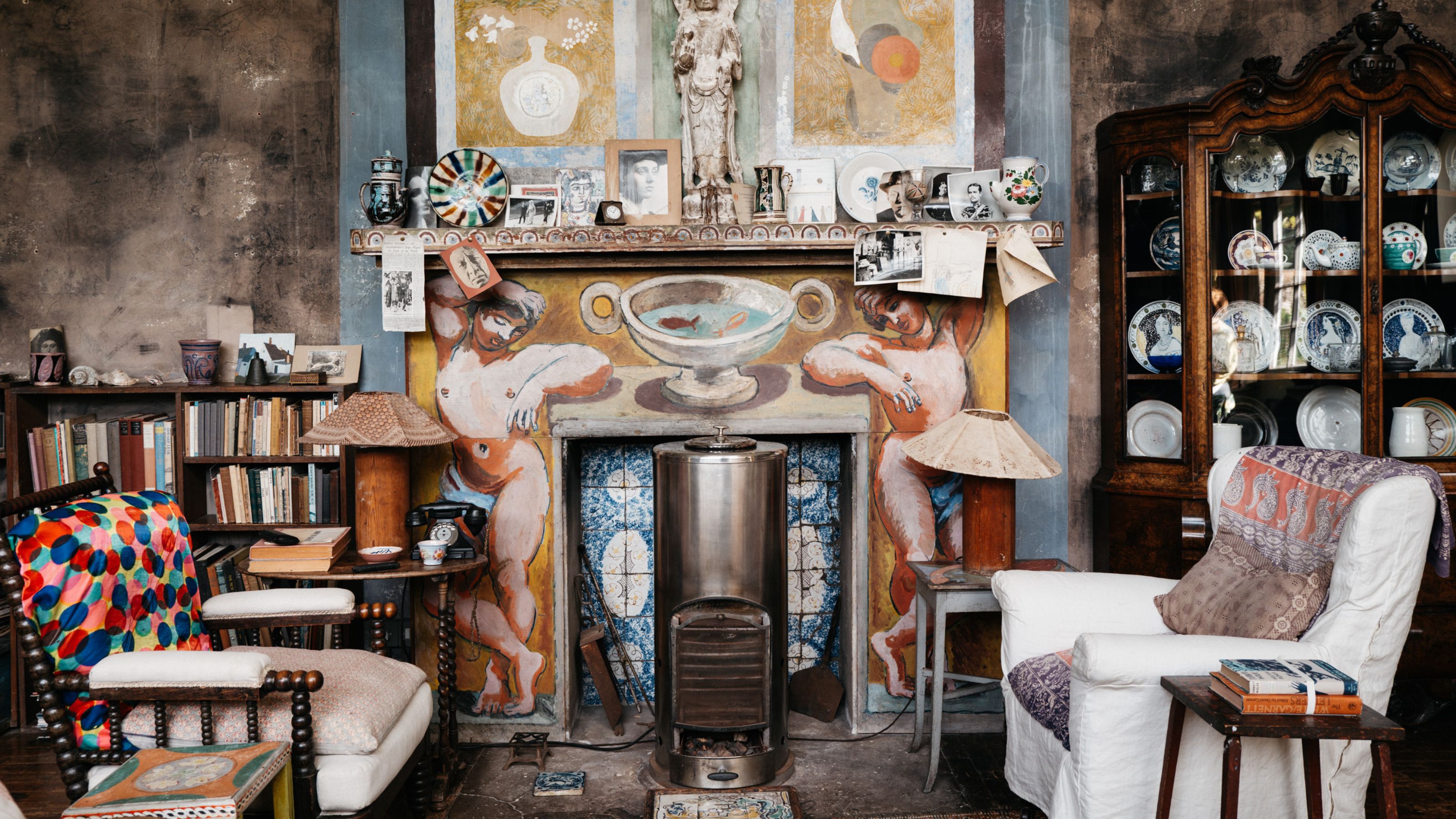 5 Things You Should Never Buy From a Thrift Store, According to People Who Know About Antiques
5 Things You Should Never Buy From a Thrift Store, According to People Who Know About AntiquesIt may look like treasure, but it may also just be trash. Here is how to know what to avoid while thrifting, and what to look for instead
By Olivia Wolfe Published
-
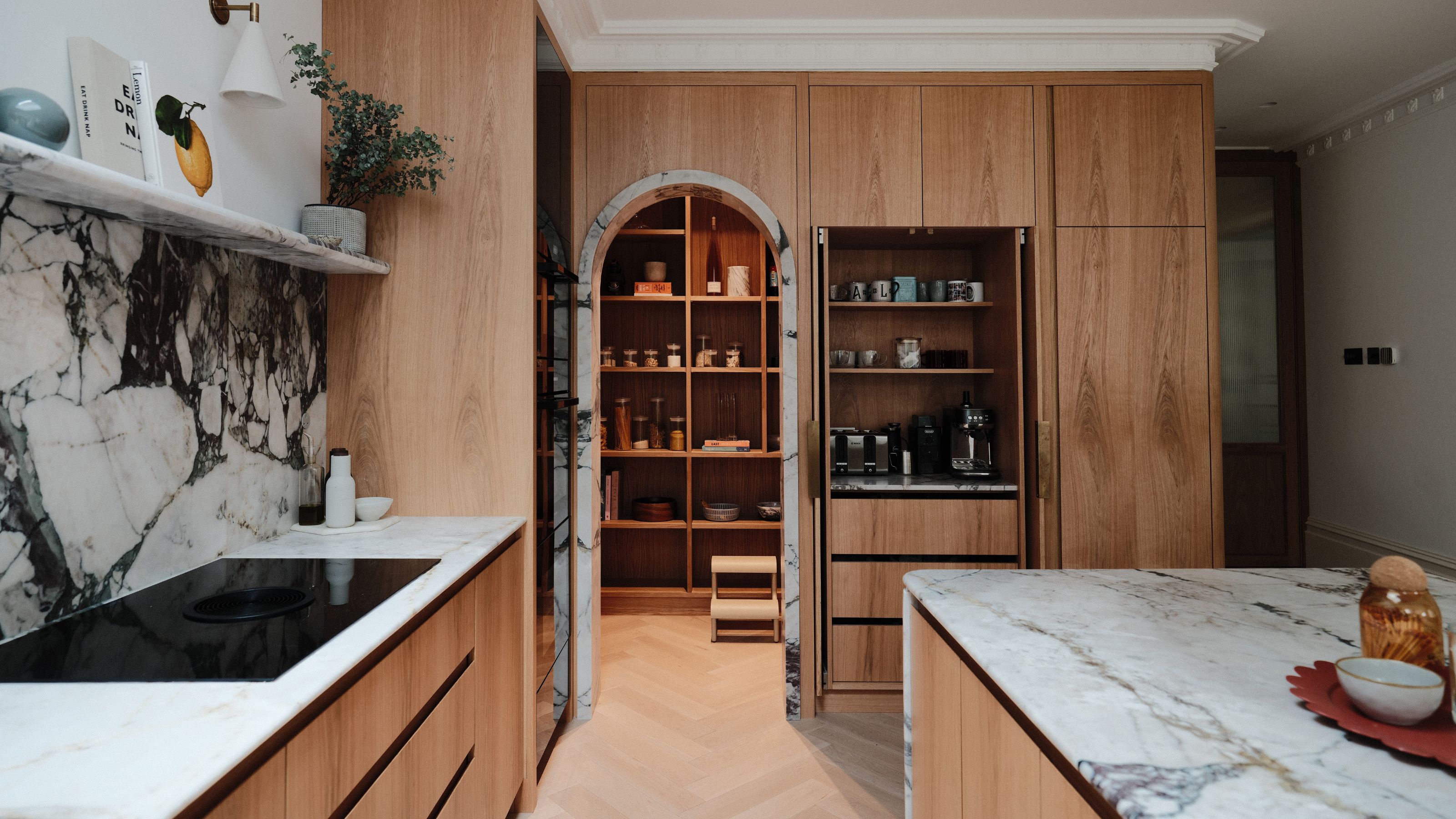 7 Pantry Organization Mistakes That Are an Organizer's Worst Nightmare
7 Pantry Organization Mistakes That Are an Organizer's Worst NightmareGet that Pinterest-perfect pantry by avoiding these certified organization faux pas
By Amiya Baratan Published